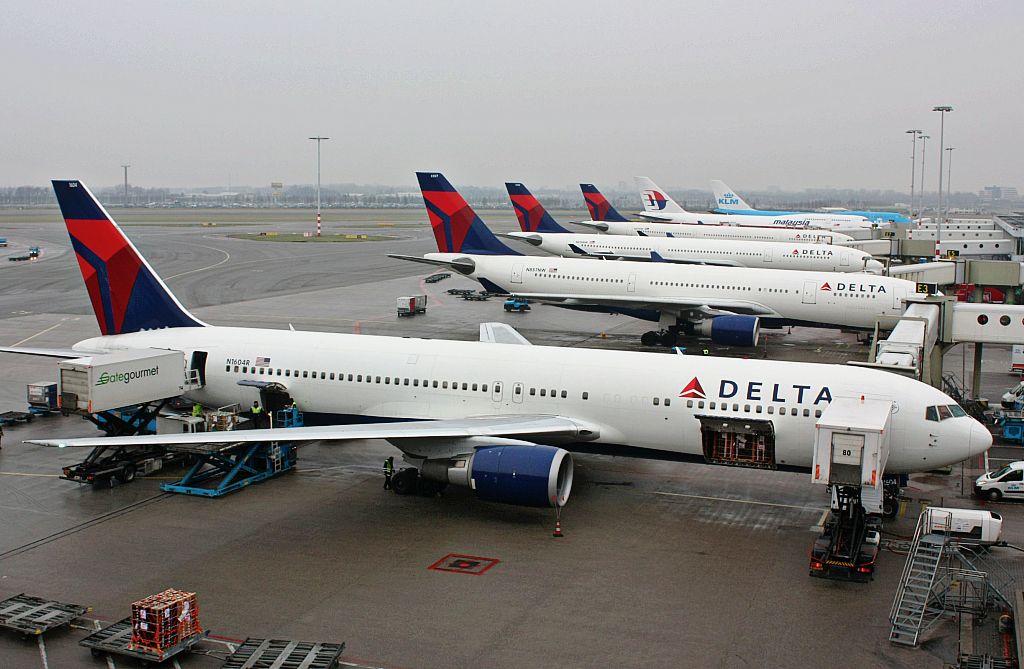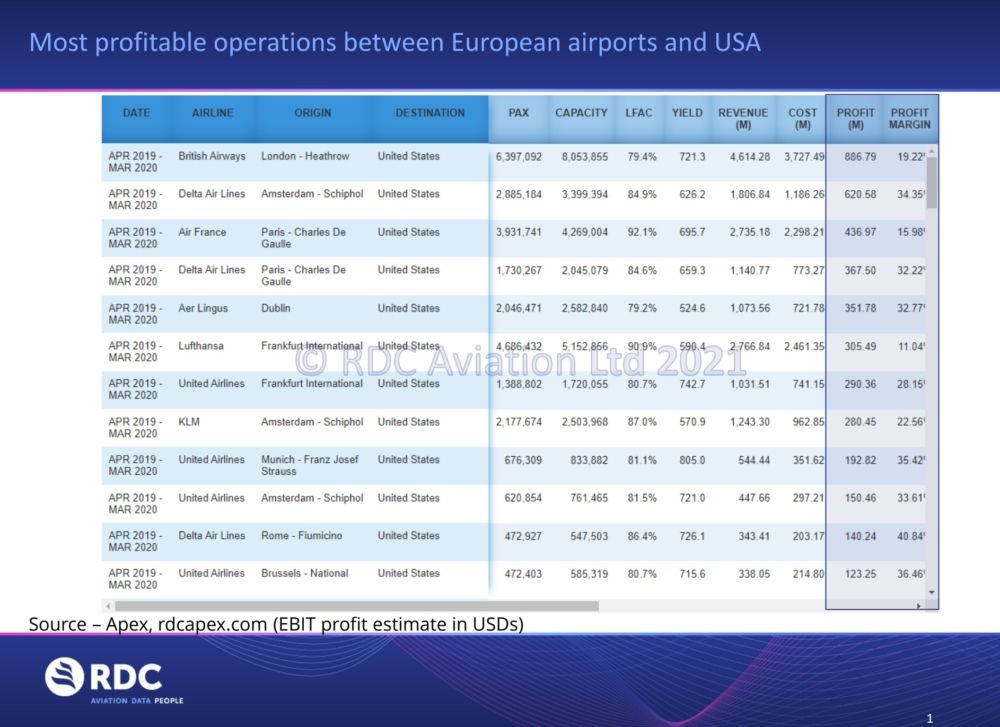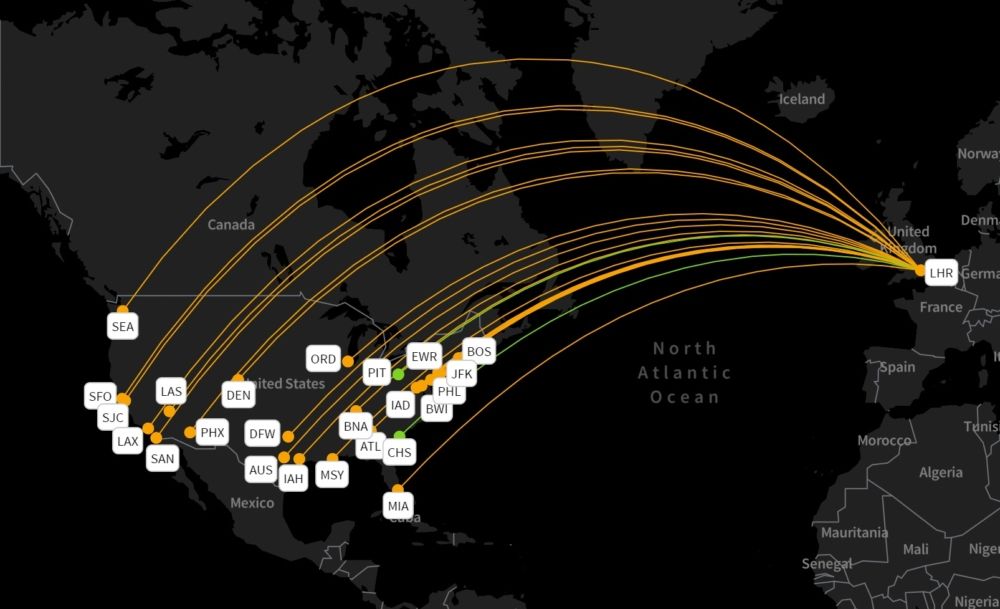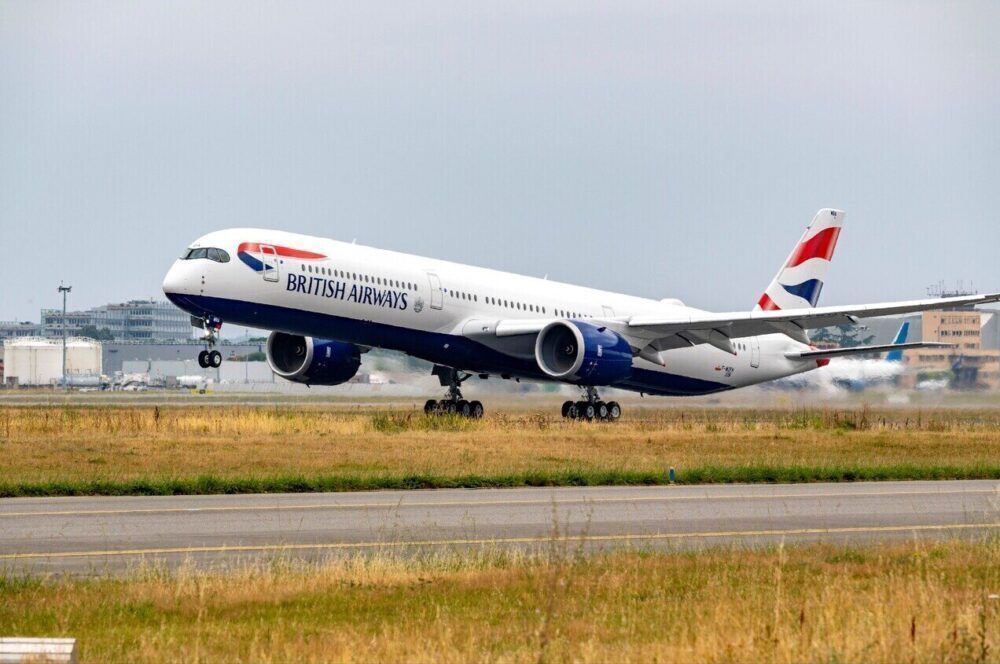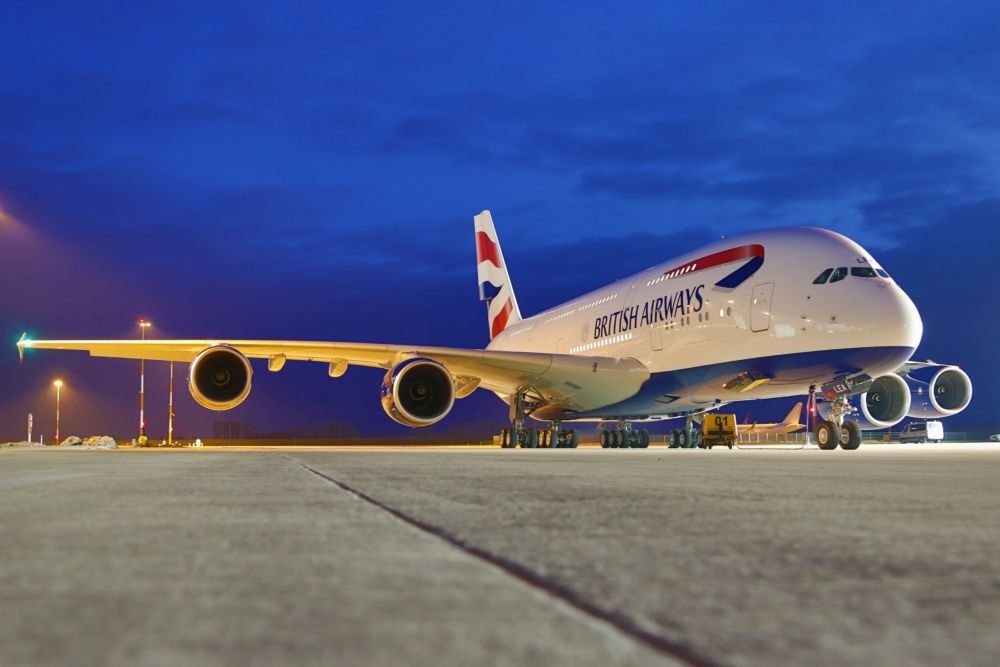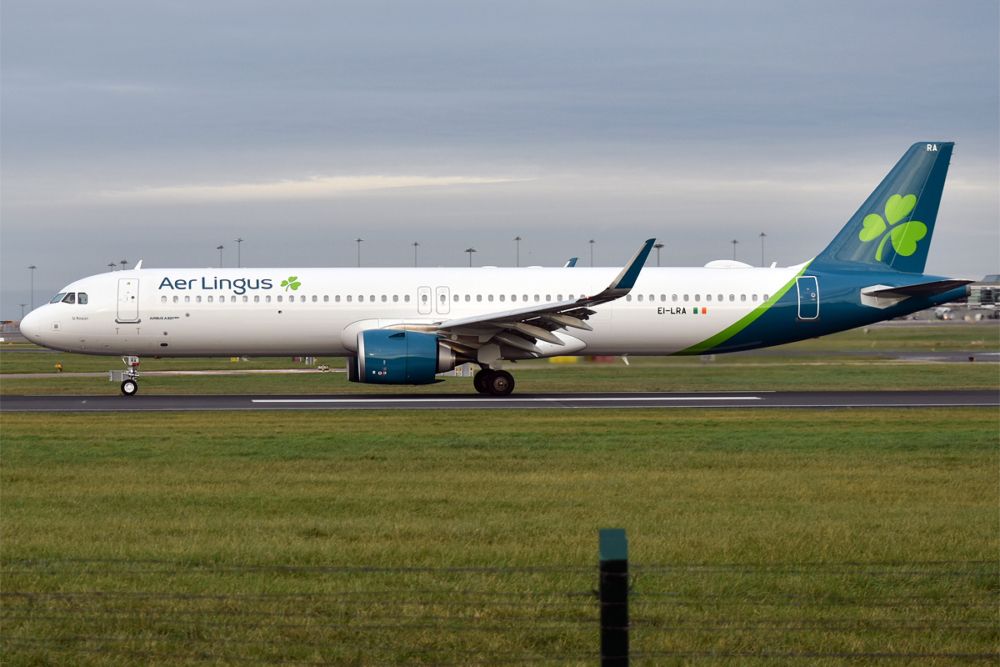Ever wondered about the most profitable European operations to the US? Wonder no more. Using RDC Aviation data, we examine the top-12 and see they achieved approximate profitability of $4.1 billion in the 12 months to March 2020. British Airways from London Heathrow was first, followed by Delta from Amsterdam and Air France from Paris CDG.
Most profitable European operations to the US
The following figure, obtained from RDC Aviation's Apex platform, shows that British Airways had estimated profitability from Heathrow to the USA of $887 million in 12 months to March 2020. Delta followed it from Amsterdam with $621 million, helped by its strong presence and SkyTeam relationship with KLM.
The transatlantic market to the US contributes a significant proportion of overall profitability for the largest US and European network carriers. The news that the US will welcome fully vaccinated passengers from across most of Europe to visit is of the utmost importance in their recovery efforts. And it'll help in Europe's recovery effort, which seems to have stalled.
27 million passengers were carried
Seven airlines and eight European airports are in the top-12 most profitable figure. In all, around 27 million passengers were carried, RDC data indicates, with British Airways having by far the lion's share. Lufthansa had the second-highest volume but still two million fewer.
In the 12 months to March 2020, BA had 24 routes between Heathrow and the US, a massive network. New York JFK was overwhelmingly the largest market, followed by Boston, Los Angeles, Miami, San Francisco, Chicago, Washington, Houston, Newark, and Seattle. BA typically had around eight daily outbound flights to JFK, most by the B747-400, an iconic aircraft that BA withdrew sooner than expected because of the pandemic.
Stay aware: Sign up for my weekly new routes newsletter.
BA had introduced two additional destinations in this year: Pittsburgh and Charleston. Both began in April 2019, and both used 214-seat B787-8s, a widebody suited to launching brand-new and thinner routes. Indeed, unlike BA's B787-9s, its -8s have no first class, fewer business seats, and more economy capacity. Alas, the newness of the routes and the pandemic meant Charleston and Pittsburgh were cut in late 2020.
British Airways was the most profitable overall
As you'd expect, British Airways from Heathrow was the most profitable overall. This was from the carrier's dominance to the US, helped by the history between the two nations and the UK's geographic position.
Crucially, it was also from high premium demand, reflected in the highest average fare of any major airline/origin in the above figure. However, it achieved one of the lowest margins (19.2%), for instance, 19.2 US cents in earnings before interest and tax (EBIT) for every $1 in revenue.
BA was let down by its US profit margin
While that margin is a lot in itself, it was below most others. It was because BA had the second-highest cost per passenger – second only to Air France from Paris CDG. This was, in part, driven by BA having a lower seat load factor than most others. This means that US operating costs – to the tune of around $3.7 billion – would be spread across fewer passengers.
Higher cost per passenger is also from BA operating expensive, large, and relatively new aircraft, with one daily round-trip A380 between Heathrow and Los Angeles found to cost about £105 million a year to operate. And the cost of operating from Heathrow is renowned. However, a previous study by RDC shows that this is offset by commanding meaningful fare premiums versus other London airports.
While BA's average fare was comparatively strong, its high cost per passenger and relatively low margin meant a sub-par profit per passenger. Using data from RDC, this was approximately $139. While this is only an estimation, it is the fourth-lowest of the 12 examined. Of course, BA counterbalanced this with many more passengers, which explains its overall result.
Aer Lingus performed well
A standout performer is Aer Lingus. Utilizing its position on the edge of Europe, the airline relies on various sources of demand, including inbound tourism from the US, ethnic travel from those with Irish backgrounds, and feeding services across the UK and continental Europe. It had 13 routes from Dublin to the US in the year to March 2020.
The Irish flag carrier achieved approximate US profitability from Dublin of $352 million, the fifth-highest amount – despite having the lowest average fare of all 12 airlines/origins examined. Its performance was driven by having the lowest cost per passenger, estimated to be about $353, or some 40% lower than Air France from CDG.
Aer Lingus also benefits from its codeshare agreements with United and JetBlue, and in late 2020 the Department of Transportation approved Aer Lingus' entry into the oneworld transatlantic joint venture with American Airlines, British Airways, OpenSkies, Iberia, and Finnair.
Aer Lingus had the lowest cost
Aer Lingus' lowest cost per passenger was, in part, from its geographic position and shorter flights and, more importantly, one-fifth of its US flights using narrowbodies, then the A321neo and the B757-200.
Looking ahead to April 2022, OAG shows that narrowbodies will have an even greater share of its US movements – one-quarter – with the A321neo having a ~50% lower trip cost than the A330.
What is your best experience of flying any of the airlines mentioned in this article across the North Atlantic? Let us know in the comments.

